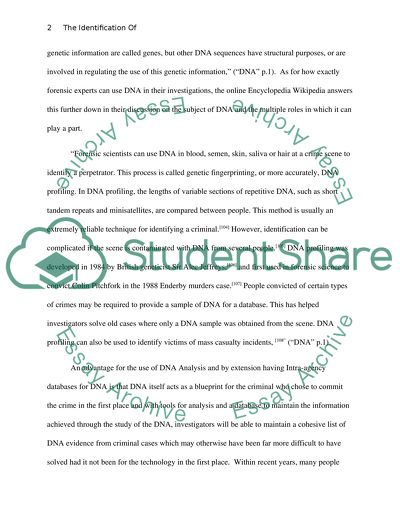Cite this document
(The Identification of a Criminal Mind Essay Example | Topics and Well Written Essays - 1750 words, n.d.)
The Identification of a Criminal Mind Essay Example | Topics and Well Written Essays - 1750 words. https://studentshare.org/sociology/1508826-criminal-identification-procedures
The Identification of a Criminal Mind Essay Example | Topics and Well Written Essays - 1750 words. https://studentshare.org/sociology/1508826-criminal-identification-procedures
(The Identification of a Criminal Mind Essay Example | Topics and Well Written Essays - 1750 Words)
The Identification of a Criminal Mind Essay Example | Topics and Well Written Essays - 1750 Words. https://studentshare.org/sociology/1508826-criminal-identification-procedures.
The Identification of a Criminal Mind Essay Example | Topics and Well Written Essays - 1750 Words. https://studentshare.org/sociology/1508826-criminal-identification-procedures.
“The Identification of a Criminal Mind Essay Example | Topics and Well Written Essays - 1750 Words”. https://studentshare.org/sociology/1508826-criminal-identification-procedures.


